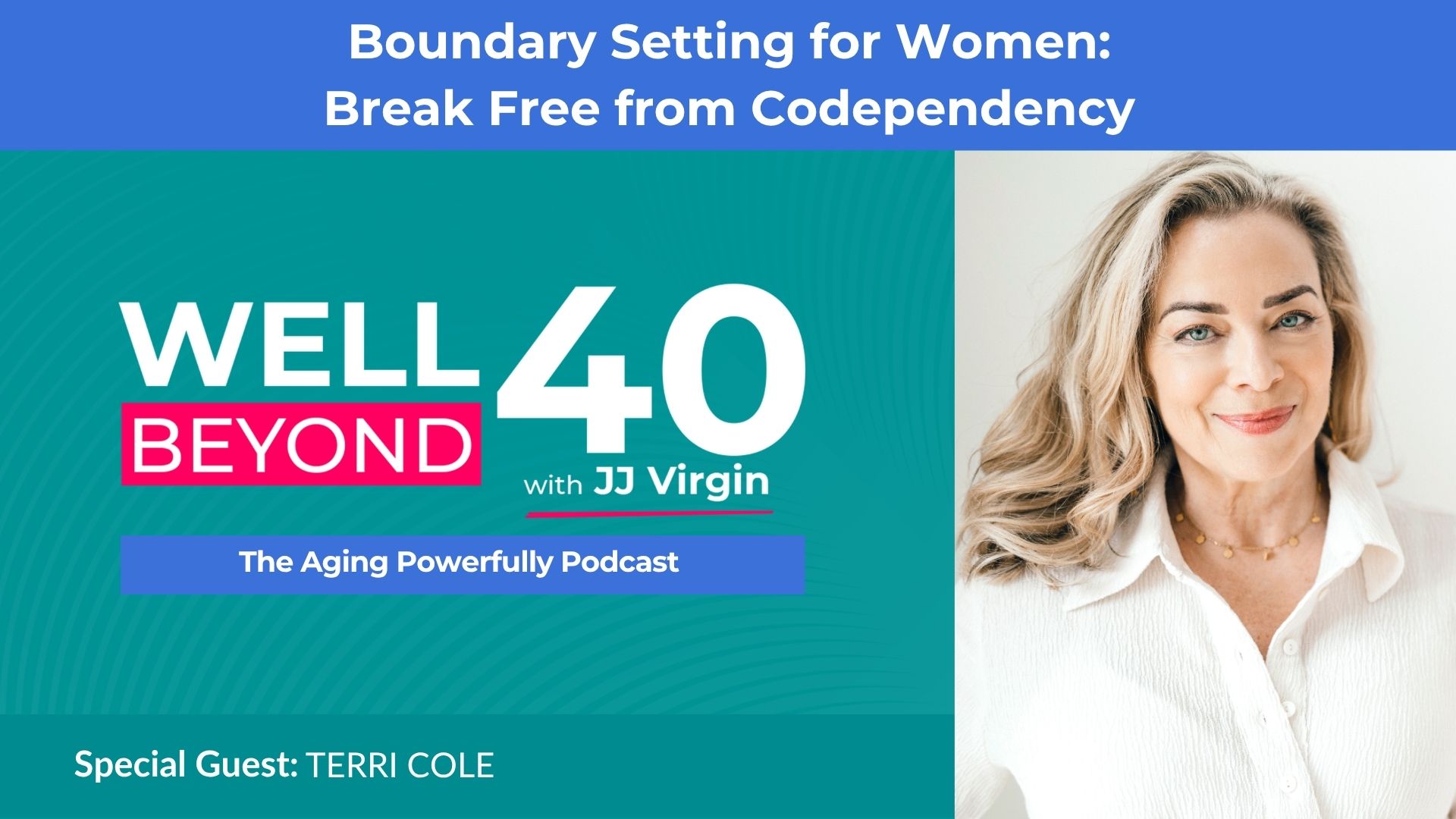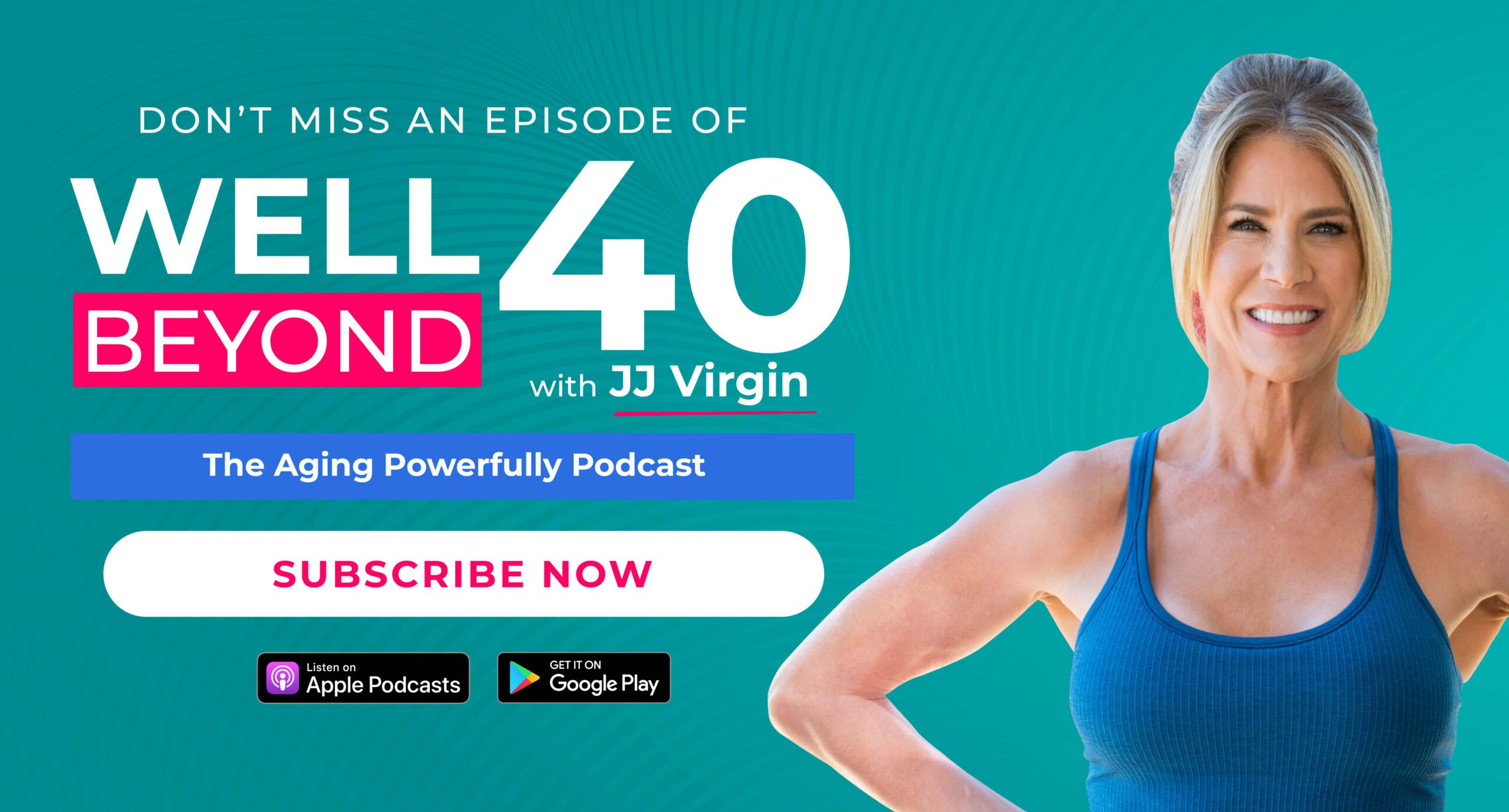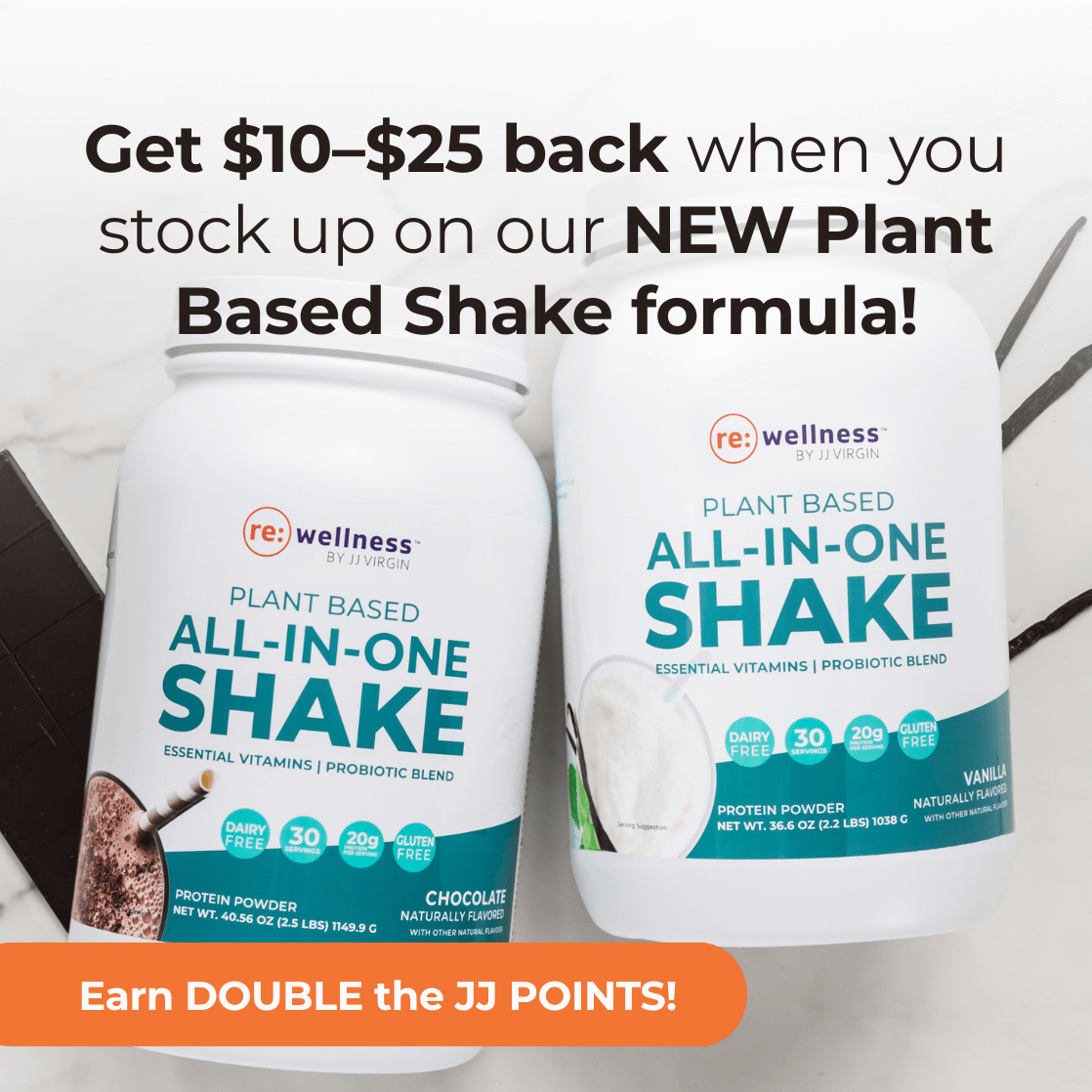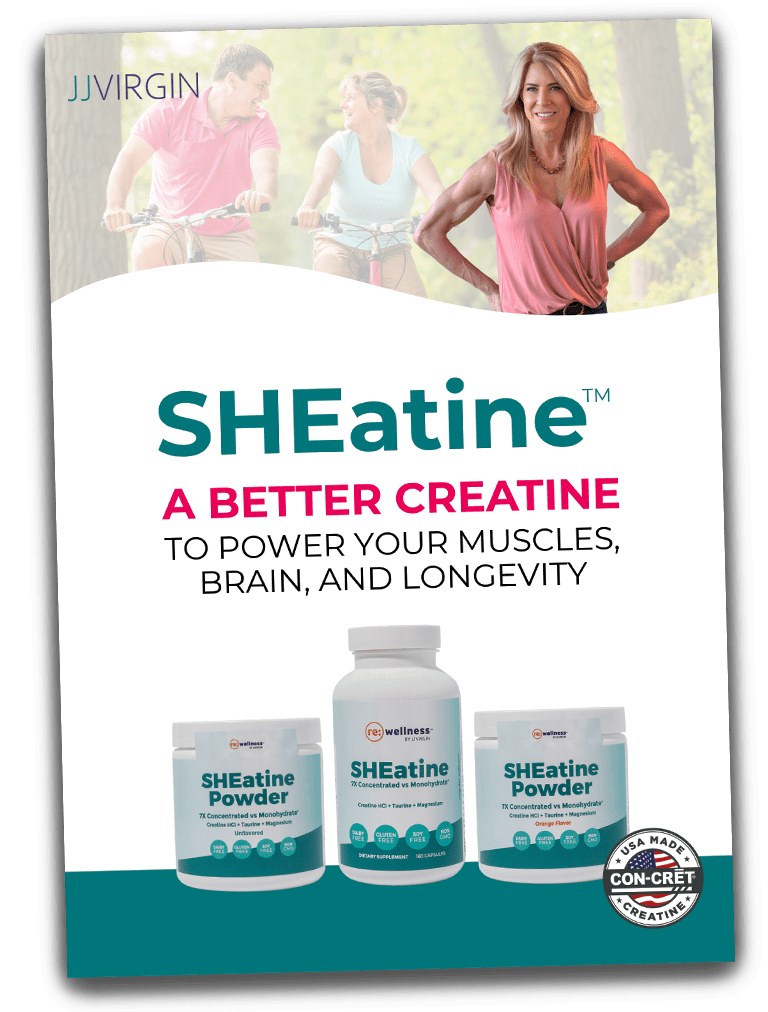Why Bone Quality Matters More Than Density After Menopause
I’m about to share something that completely changed how I think about bone health – and it might shock you, too. For years, I’ve been getting DEXA scans and feeling confident about my bone health because my scores looked great. Then I discovered a revolutionary new test called REMS (radiofrequency echographic multi-spectrometry), and guess what? Despite my “perfect” DEXA results, I actually have mild osteopenia. This was my wake-up call, and it’s why I’m passionate about sharing the complete truth about bone health supplements women over 40 need to know.
Here’s what no one tells you: traditional DEXA scans only measure bone mineral density – how much bone you have – but they miss the crucial piece of bone quality. You could have normal bone density but still have fragile bones if your bone architecture, turnover rates, and collagen integrity aren’t optimal. That’s why I’m diving deep into the cutting-edge strategies that go far beyond calcium supplements, including specific exercises that load your spine and hips, the power of creatine for postmenopausal women, and why a simple weighted vest might be one of the best investments you’ll ever make for your future self.
What you’ll learn:
- Why waiting until 65 for your first bone density test is setting you up for failure (and when you should really start testing)
- The game-changing difference between bone mineral density and bone quality – and why you need both for truly strong bones
- How REMS testing provides a radiation-free, real-time assessment that’s revolutionizing personalized aging care
- The specific exercises that create the bone-building stress your skeleton craves, including the magic of weighted vest walking
- Why bone health supplements women over 40 should include creatine HCL and how it works synergistically with resistance training
- The hidden risk factors stealing your bone strength (hint: it’s not just menopause)
- My complete protocol for women 40+ to build and maintain strong bones from the inside out
- How to overcome anabolic resistance as you age and why protein timing matters more than you think
Resources Mentioned in this episode
7-Day Eat Protein First Challenge
Use my Eat Protein First Calculator
Reignite Wellness™ Collagen Peptides Powder
Download The Ditch List: 7 Foods Harming Your Health
Vital Choice wild-caught seafood
Reignite Wellness™ Magnesium Body Calm
Check out Power Plate: use code JJVIRGIN for 20% off your order
Reignite Wellness™ Plant-Based & Paleo-Inspired All-In-One Shakes
Download my free Resistance Training Cheat Sheet
Get 60 FREE delicious, protein-packed shake recipes in my Eat Protein First Smoothie Guide
TRX Resistance Training Equipment: Free Shipping on all orders $99+
Episode Sponsors:
Try Qualia risk free for up to 100 days and code VIRGINWELLNESS for an additional 15% off
782_YT
===
[00:00:00] JJ Virgin: I’m not here to scare you. I’m here to show you how to flip the script because here’s something that no one’s talking about. Nearly one in two women over 50 will break a bone due to osteoporosis. That’s half of us and the scariest part, most of these women had no ideas. Their bones were even in trouble until.
[00:00:23] JJ Virgin: Something cracked. Hey, I’m JJ Virgin, and today we’re tackling osteoporosis and osteopenia, what they are, how to really assess your bone health, by the way, beyond the outdated DEXA scan and the cutting edge strategies to build stronger bones from the inside out. So we’re gonna talk first about what actually osteoporosis and osteopenia are.
[00:00:48] JJ Virgin: Really what we wanna do is catch bone issues. When they’re at the early stages, which is osteopenia before you get to this full blown osteoporosis, which is where you’re in that advanced, fragile bone situation. But we’ve gotta look beyond just bone mineral density, which is how we’ve classically looked at this and look at bone quality too.
[00:01:10] JJ Virgin: So where I wanna start first is with bone mineral density. ’cause that’s what we most commonly know, and this is. Really the amount of mineral content, it’s mostly calcium and phosphorus in a given area of bone, and this is how we’ve been measuring this on DEXA. And DEXA is dual energy X-ray absor geometry.
[00:01:27] JJ Virgin: When they do this, they compare your bone mineral density to the average healthy 30-year-old. Old adult of the same sex. So that’s how they do it. They look at that and then they look at you as the average of your, your age and sex as well. But to diagnose osteoporosis, they’re looking at a 30-year-old compared to you.
[00:01:48] JJ Virgin: And so basically they’re gonna look at a T score. And if your T score is less than one. You’re fine. Osteopenia is if you’re between one and 2.5 and osteoporosis. If you’re 2.5 or older. Remember, this is really what’s now known as the gold standard for looking at bone loss. I’m gonna show you how. This is kind of a little deficient, but more on that in a sec.
[00:02:13] JJ Virgin: Then there’s also a Z-score. You’ll get that as well. But again, the T-score is used for diagnosing osteoporosis. The Z-score is average, uh, comparing you to the average of someone who is your age, your sex, your ethnicity. They’ll look at this more of like if you’re younger, if there’s something that’s wonky or something problematic.
[00:02:33] JJ Virgin: Now the real issue with bone mineral density is it’s telling you how much bone you have, but what it is not telling you is the quality of that bone. And that’s super critical. And I’ll tell you a little story about myself here in a moment and what shifted. For me, bone quality is an inclusive term that looks at the architecture.
[00:02:56] JJ Virgin: The turnover, the damage accumulation, and the mineralization of bone. So basically it’s gonna tell you how well your, your bone is built and maintained. So again, it’s looking at micro architecture, it’s looking at your bone turnover rates, how much is being resorbed versus formed. It’s looking at collagen integrity and crosslinking.
[00:03:17] JJ Virgin: It’s looking at any micro cracks or any kind of damage, and also your bone matrix mineralization, and here’s the kicker. You may have normal bone mineral density, but you can still have fragile bones if your bone quality is poor. This is often the case in older adults or diabetics or people with on certain medications or conditions like maybe they’ve got glucose steroid use.
[00:03:40] JJ Virgin: I’m gonna tell you something wild that happened with me, and I’ll talk about this different type of test. I’ve been doing my bone mineral density testing with the DEXA for years because when I was in my twenties I was put on a medication that put me at risk for osteoporosis later in life, and I knew that.
[00:03:57] JJ Virgin: So I’ve been testing to make sure, and you know, I thought doing all the things. So I’ve been doing DEXA tests for years and for years. Guess what? I am. Great in my scores. So I am not osteopenic. I’m below a one on my T score. So I’m like, perfect. I’m doing great. And then I had this other type of test done.
[00:04:23] JJ Virgin: And what I discovered from this other type of test is that lo and behold, I do have some mild osteopenia. So that was pretty big wake up call. So I want you to think of bone mine density as looking at like the amount of concrete in a wall where bone quality is how well that concrete is reinforced, structured.
[00:04:46] JJ Virgin: And maintain. And you really gotta have both for strong, resilient bones. So that’s important. So knowing that Now, if you’ve been doing DEXA, and here’s the thing, I know DEXA are readily available. I’ve been preaching DEXA for years because you can also get your whole body composition. So I’m not, you know, saying throw this all the way out.
[00:05:07] JJ Virgin: But, uh, what I am gonna tell you is if you can get your, your hands on this other type of measurement. I would highly, highly recommend it, and especially since I just had the big wake up call after I did my own on this. Now, before we talk about that, the big thing with testing that I really want to emphasize is when you look at insurance in the United States, they tell you to have your first DEXA at 65.
[00:05:29] JJ Virgin: This is ridiculous. Our prime years for building bone are really in our teens. And when we get to about like our late twenties, you’re kind of where you are with your bone mineral density. So knowing that, why would you wait till 65 to do this? Especially when we know that starting around menopause, you literally lose up to 10% of your bone mineral density in like.
[00:05:52] JJ Virgin: 10 years or five years rather. So you could lose 10% of your bone mineral density in the next five years when you hit menopause. So really what we want to be doing is testing you in your, you know, late teens, early twenties, and then getting you to be as optimal as possible so that you’re set up well for later in life.
[00:06:11] JJ Virgin: But you’re probably listening to this and you’re not 19. So let’s talk about what we can do now. Dex says, if that’s all you have access to, it’s gonna be better than nothing. But if you can get something called rems, which is radio frequency echo graphic, multi spectrometry, and it’s done by Echo Light medical.
[00:06:33] JJ Virgin: Get that. And that’s what I was fortunate to do. And I’m really hoping this becomes more of something that be done all throughout the country because it is radiation free, it’s accurate, it’s real time assessment, and it is now what I’m recommending to everyone to do because again, you’re gonna get bone marrow density.
[00:06:50] JJ Virgin: You’ll also get bone quality and you’ll also get your body composition, so you get it all. In fact, my buddy, Dr. Sarah Gottfried, SALs calls rems a massive upgrade for personalized aging care. So this is what I wanna put on your radar because it is so critical for you to start to think about here. And again, the most important thing is not.
[00:07:10] JJ Virgin: To wait till 65 to go get your bone mineral density tested, go get your bone quality tested because you wanna be really looking at it and starting to do the things you need to do for good bone quality and good bone mineral density as early as possible. It’s just like putting on muscle. In fact, those two really go together if you’re doing the things that help you build.
[00:07:31] JJ Virgin: Muscle. They also are going to help with bone, although there are some very specific things that will help you build bone more, and we are gonna address those. But first, let’s talk about some of the hidden risk factors for becoming osteopenic or osteoporotic. I already mentioned the fact that when a woman goes through menopause, basically your bone mineral density kind of falls off the cliff.
[00:07:53] JJ Virgin: You start losing bone up to 2% a year. So low estrogen after menopause is definitely a big one. Low protein or lots of, uh, big caloric restriction can cause a big problem here, an inflammatory diet with a lot of ultra processed foods and sugars. Hopefully if you’re listening to this, you are eating your protein and you are not eating ultra processed foods.
[00:08:16] JJ Virgin: Doing things like taking those corticosteroids I talked about PPIs and acids can create a big problem. I remember having a client who came on, who came to me, who’d been on an acids for a long time. I sent in to get a bone mineral density test and had, uh, osteoporosis. So please get that tested if you’re gluten intolerant and you were not diagnosed with celiac for years.
[00:08:40] JJ Virgin: Definitely make sure you’re getting tested for that as well. If you’re sedentary, you don’t do, uh, impact exercise. Say your sole exercise is something like swimming or maybe you’re doing things like Pilates where you’re not doing any kind of impact and you’re doing more stuff on your back. Those things could be issues.
[00:08:58] JJ Virgin: Low muscle mass of course is also a risk factor and I just wanna point out that, you know, we love, uh, love Dr. Gabrielle Lyon’s, statement of muscles, the organal longevity, and. Muscles when you work them will pull on those bones and help stress the bones. There’s more you can do than just that. And that’s what I want to emphasize next.
[00:09:18] JJ Virgin: Because you know, one of the things I look at is I think, you know, if we are measuring skeletal muscle and we’re focusing on improving that, we are focusing on improving our bones as well. But there’s some very specific things that you’re gonna want to do to help improve bone mineral density and bone quality.
[00:09:33] JJ Virgin: Specifically one of ’em. Is walking with a wrecking vest. Now, I think this is one of the greatest things. Anyway, when I’m starting out someone on an exercise program, I first start them on an activity program, and the first thing I have them do is to start to track how many steps they’re getting in a day with the goal of before we start adding anything else, I wanna just make sure you’re getting that baseline of 8,000 steps in every single day.
[00:09:59] JJ Virgin: That’s step one. Then if we can start to add some intensity, once we’ve got that going, my next thing I’m like going, I’m like, throw a wrecking vest on. Now, why do I love a wrecking vest so much? I love a wrecking vest because wrecking is gonna load your hips and spine. So not only is it gonna. Cause a little bit more caloric expenditure and add some intensity to your movement, but it’s also gonna load your hips and spine.
[00:10:22] JJ Virgin: That’s when the first things I’d love you to do, and you don’t need to go crazy heavy. You know, you’ll hear these podcasts with these guys throwing 40 pounds. Like just start with five or 10 pounds and get one of those adjustable rucking vests so that you can maybe get it up to 15 or 20 pounds. But honestly, you’ll notice 10 pounds.
[00:10:39] JJ Virgin: Like it’s noticeable. So start there and, and see if you can do that a couple times a week or maybe every night after dinner. That’s the first one. The next one with resistance training, I want you to focus on a couple specific moves because of the load they put on your spine and your hips, and so this is where I love.
[00:10:58] JJ Virgin: A squat and especially a squat where you have a barbell on your back. Or you could do a machine squat at the gym where you have pads on your back, where you’ve got some. Pressing on your spine and your hips. So that’s one of the things that I like to do. The other thing that’s great is a standing overhead press.
[00:11:20] JJ Virgin: ’cause again, I am loading the spine and I’m loading the hips. Next up is power plate vibration training. I have gotten, I cut a power plate vibration training machine delivered to my house. And I was like, I don’t know, like, what am I supposed to do with this? And then I met the people who are behind all of this brilliance.
[00:11:39] JJ Virgin: I went, oh. This is amazing. ’cause in three minutes a day you can have a dramatic impact on your bones. It’s gonna increase osteoblast activity with less joint stress, so more bone building. It helps improve balance and strength and does this big nervous system integration. So once I learned this, I was like, okay, I’ve been doing this every day.
[00:12:00] JJ Virgin: You can stand on your power plate and do your overhead presses and get a great two for one. You can do balance exercise on there. I’ve been doing my Yoga Warrior threes on there. So this is. Great, and it’s great for you if you are osteopenic or osteo product. And don’t wanna start any jumping. Jumping is the next one that I really would love to see you doing because jumping is a great way to spark bone remodeling.
[00:12:23] JJ Virgin: And this could be as simple as like hopping, jumping up onto a box, doing some jump roping. Turns out that. Little bit of jumping, like 20 jumps three days a week can really have an improvement on your bone mineral density, so it doesn’t take much. And remember when you put your bones under stress, it helps strengthen your bones.
[00:12:44] JJ Virgin: The exercise is one side of it. Then there’s the nutrition and supplements. And shout out to creatine again, man. Creatine just comes back and back and back for the wind. Super exciting. Of course, you know I have my own creatine product called ine. It’s creatine, HCL, which is seven times more bioavailable than creatine.
[00:13:04] JJ Virgin: Monohydrate won’t give you the GI issues and bloating. It also has trine and magnesium. What I love about creatine is gonna help you work out harder and recover better. But we also are finding some latest research. Actually this was 2015 chili Beck found that creatine can improve bone mineral density in postmenopausal women when paired with resistance training.
[00:13:25] JJ Virgin: Remember, you’re not gonna take creatine, sit on the couch and get anywhere, so you gotta do this with your workouts. But it seems to have an exponential, not just additive effect. The next one is collagen. Now I’m a huge fan of collagen, uh, hydrolyzed collagen pre-workout to help with my joint health. But it also can help with the, uh, protein matrix of bone.
[00:13:47] JJ Virgin: And you wanna take this with some vitamin C as well. So my electro replenish has vitamin C in it. What I like to do is have some collagen. Before I’m going to work out. So if I’m fasted, I’ll do it in my coffee. If I’ve had breakfast, I put it in my loaded protein smoothie or my Greek style yogurt. So generally I do 10 grams, 30 to 60 minutes before exercise, and then I’ve got my creatine, my INE powder, and my vitamin C and my electro replenish and my aminos that I’m taking to the gym with me.
[00:14:15] JJ Virgin: Supplements beyond that that I like. Of course, I mentioned magnesium already. D three K two. Really, really important because vitamin D three is gonna enhance the calcium absorption. And then K two is its very important partner in crime because it directs calcium to the bones rather than the arteries.
[00:14:33] JJ Virgin: Obviously, super duper important. And then making sure that you are getting enough calcium. I really like to get calcium from the diet. If you are gonna take it Supplementally about 250 milligrams is a good. Place to be. Uh, magnesium’s gonna enhance your calcium metabolism, so that’s important too. And then when I think of calcium, I’m thinking of deep green leafies that are cooked to lower the oxalates.
[00:14:58] JJ Virgin: So collared green spinach, but cook those really important. And then if you like them, canned sardines and canned, uh, salmon for the bones in them. That’s another fantastic one. If you’re not dairy intolerant. Greek style yogurt for the wind and talking about Greek style yogurt protein, of course, super important.
[00:15:16] JJ Virgin: 30 to 50 grams for each meal. You gotta hit your protein grams. Now you can support this a little bit with essential amino acids. That’s what I do. But you gotta, gotta gotta get in your protein and get your grams in and remember. The whole issue that women tend to have with anabolic resistance as we age, gets harder for us with resistance training and protein to build muscle.
[00:15:41] JJ Virgin: So you gotta overcome that a little bit by pushing your protein a bit. So I have a free protein calculator that you can get to figure out how much you need. You can go to jj virgin.com/protein first. For that. I’ll put it in the show notes. So what would be my protocol for women 40 plus. To make sure that you’ve got that great bone mineral density and bone quality, first of all, go look for the REM scan for accurate bone quality tracking.
[00:16:07] JJ Virgin: We’ll put information in the show notes on that. At the very least, get a DEXA, but like really try to find the REMS again. Like I just had that one done and discovered some mild osteopenia. I’m like, Ugh, resistance train three times a week and incorporate the power plate. And or jump intervals. I’m doing all of it.
[00:16:26] JJ Virgin: ’cause once I found that, I’m like, let’s turn up the heat. Baby supplement, creatine, HCL. So she aine every day collagen peptides. D three K two magnesium, and either make sure you’re eating enough of your calcium rich foods, or you’re gonna supplement there as well. Get your protein in each day. I think it’s best when we get those bumper meals, breakfast and dinner, like 30 to 50 grams.
[00:16:54] JJ Virgin: I’d rather see it 40 and up, but. Facing it throughout the day. If you haven’t checked your inflammation and intolerance to foods. Virgin diet, we talk about looking at the top seven foods that tend to cause, um, leaky gut and inflammation. Gluten being a big culprit because if you’re inflamed, that can cause problems with your bone and muscle as well.
[00:17:15] JJ Virgin: And then make sure you’re tracking this. Get that DEXA or that rems, like once you’ve got a baseline with the DEXA or a rems, you could be doing the DEXA, but get it in, check it. You know, every 12 months takes about nine months to start to see a shift. But here’s the reality. We used to think that if you lost bone, you were just done and you couldn’t do anything about it.
[00:17:34] JJ Virgin: We now know that that is not the case, that you can turn this around. Remember, you are not destined to shrink or snap or slow down. Your bones are living tissue and they can. Change, which is super cool. This is not like if you find out that you’ve got some osteopenia, you can actually do something about it.
[00:17:53] JJ Virgin: It’s just a wake up call. It’s not your countdown clock. Right now. I’ve got a supplement guide that might be helpful for you, for women 40 plus. You can get that at jj virgin.com/powerhouse and, and we also continue this conversation in my Facebook group at the JJ Virgin Lifestyle Group. So. Go on over there, join and hang out with us and if you’ve loved this and have a friend who would, uh, love it too and could use this information about bones, be sure to pass this around and like, and subscribe.
[00:18:24] JJ Virgin: Thank you so much.
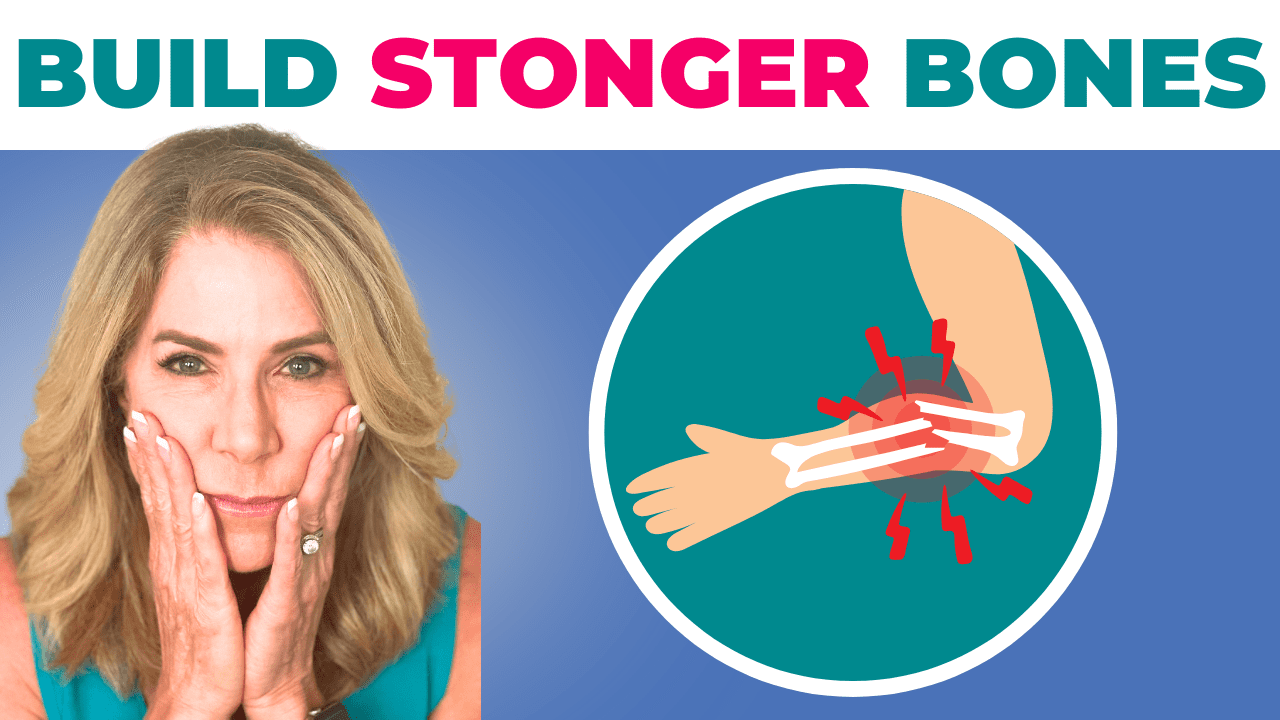
 Subscribe to our show
Subscribe to our show 